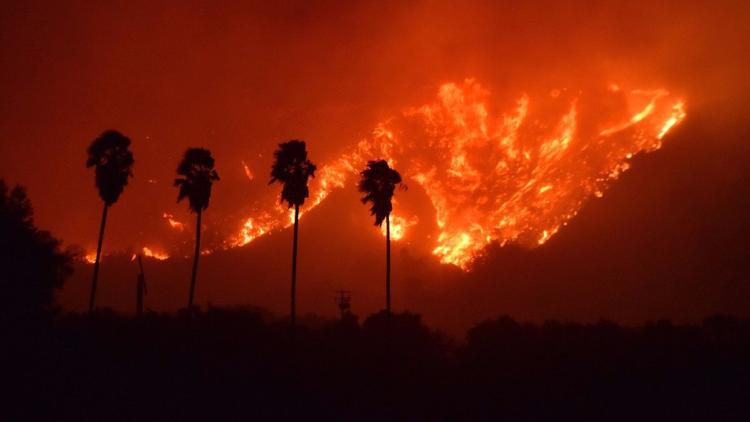Historical Data Series: Nepal Hydropower
Nepal has 618 MW of hydro capacity out of a
total of 711 MW of installed power capacity. Hydropower projects provide
approximately 73% of Nepal's energy, with thermal projects providing 4%,
purchases from private power companies 10%, and imports from India 13% of the
total available energy.
Nepal lies along the southern slopes of the
Himalayas. It is bordered by the Tibet Autonomous Region of China to its north
and India to its south. Nepal has over 25,000 feet of altitude change within
its borders and the population is approximately 24 million. Roughly 75% of the
country is covered by mountains, including the tallest in the world, Mount
Everest. The central plateau of Nepal has fertile valleys and there is some cultivated
land along the border with India. Nepal is one of the poorest countries in the
world and about 90% of the population relies on agriculture for a living.
Nepal is endowed with immense water
resources. The average annual precipitation is approximately 1700 mm (80% of
which occurs during the monsoon season from June to September). The total
annual average run-off from the nation's 600 perennial rivers is over 200
billion m3. Nepal's surface water resources are distributed among the river
system of four major rivers (the Mahakali, the Karnali, the Gandaki, and the
Kosi), seven medium rivers and a vast network of small rivers. All of the
country's rivers drain into the Ganges and account for approximately 40% of the
total flow of the Ganges and over 70% of its dry season flow.
The spatial and temporal distribution of
water resources creates surpluses and deficits at certain times and places,
mainly due to the lack of storage facilities. Nepal's storage potential is
estimated at 88 billion m3. The theoretical hydropower potential is estimated
at 83,000 MW, of which 46,000 MW is assumed technically viable.




Comments
Post a Comment